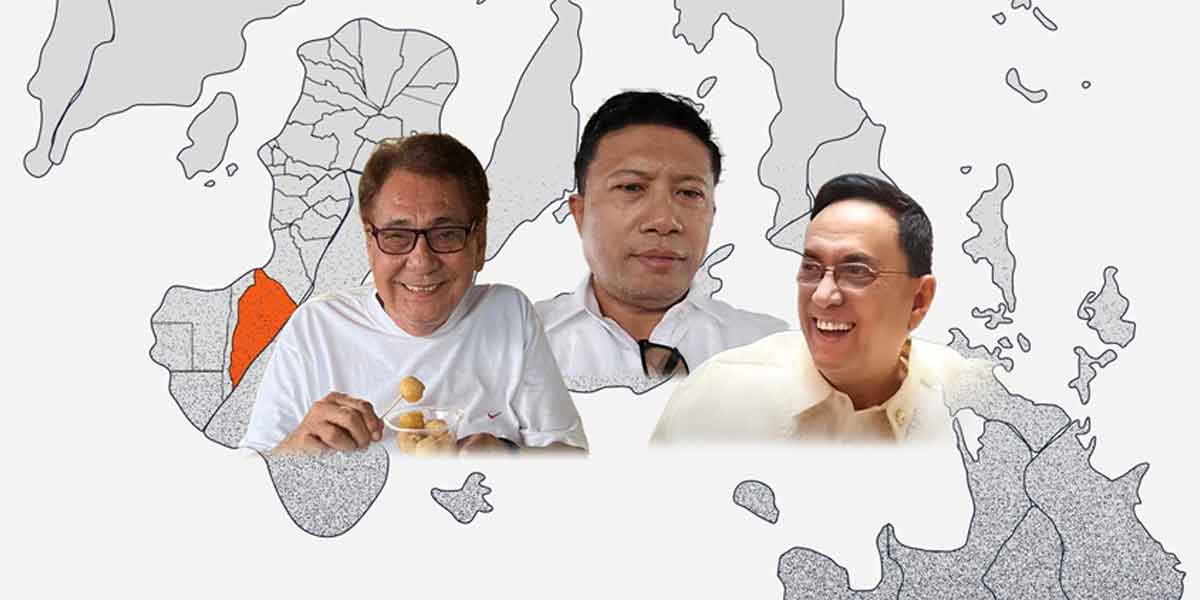The 9 millimeters per year (mm/yr) land subsidence in Iloilo City may seem manageable, but it is time to take a closer look at its potential long-term effects.
While the data from the University of the Philippines Resilience Institute (UPRI) paints a picture of relative stability, particularly compared to other cities with far more alarming rates, we must not let complacency set in.
The issue at hand is not just about the commercial impacts but also the far-reaching consequences for the ordinary Ilonggos.
For too long, environmental issues such as these have largely been viewed through the lens of economic development, infrastructure damage, or commercial setbacks.
Often missing from the conversation are the lives of everyday people—the farmers who rely on stable land for their crops, the residents whose homes are built in areas vulnerable to subsidence, and those who rely on groundwater for daily use.
In Iloilo, where many already face economic hardships, ignoring even minor environmental shifts could lead to devastating consequences.
Dr. Alfredo Mahar Lagmay, the geologist behind the UPRI study, has urged officials to delve deeper into the causes of Iloilo’s subsidence, even if the figures are not as alarming as those from other regions. His warning should not be taken lightly.
Groundwater extraction, a likely contributor, needs more stringent regulation. Without proper oversight and action, the problem could snowball, leading to land instability that could disrupt lives and livelihoods.
The local government’s efforts to develop a comprehensive water management plan and prepare mitigation strategies are steps in the right direction. But we reiterate our call for more inclusion of ordinary people in these discussions.
Environmental issues, particularly those with the potential to affect the stability of homes and communities, must be discussed not just in technical terms but in ways that reflect the concerns of those who stand to lose the most.
In the end, it’s not only about safeguarding commercial interests or maintaining Iloilo’s growth. It’s about protecting the very people whose lives are intertwined with the land.
The government must act with urgency, ensuring that Ilonggos are at the center of this conversation—before the issue worsens and the most vulnerable pay the price.Top of Form























